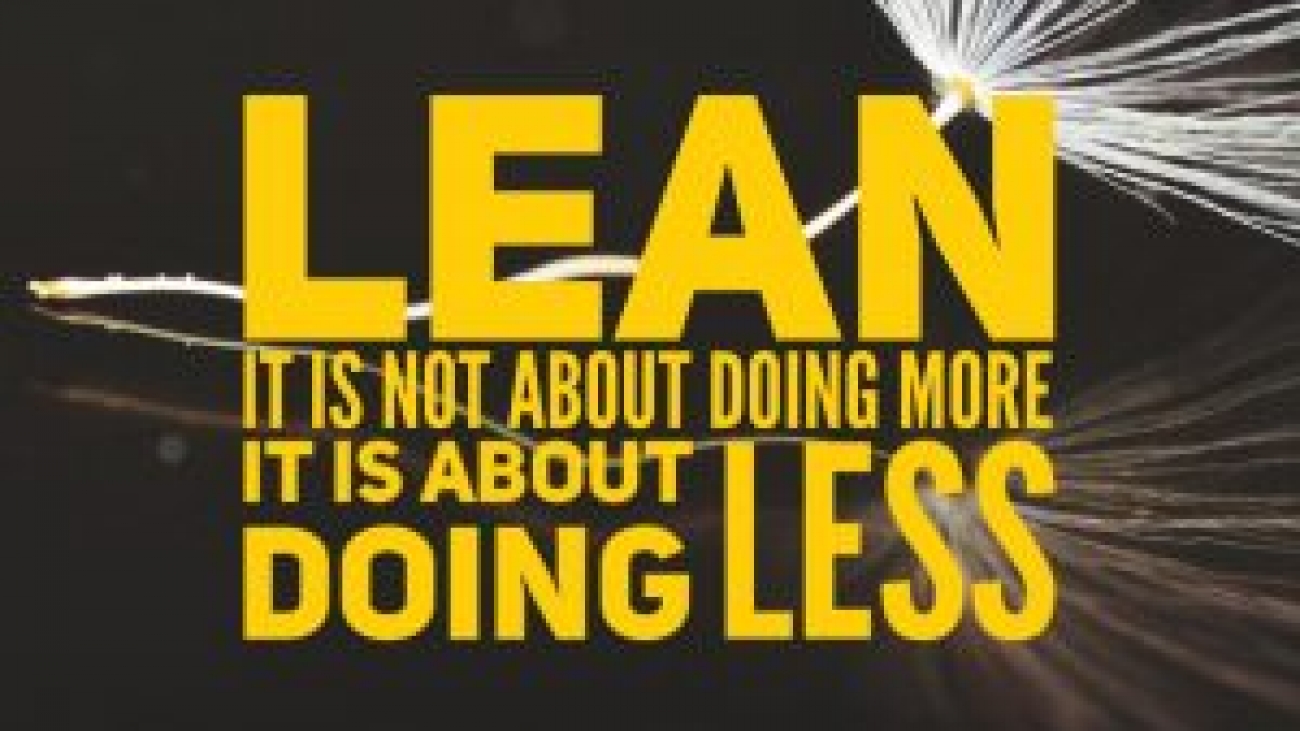The power of checklists in other disciplines
In other mature disciplines like medicine, aviation, construction where the impact of simple defects is enormous, it is smart checklists that have come to the rescue and saved millions of dollars and saved many lives.
The Checklist Manifesto by Atul Gawande, a surgeon, extols the power of checklist. He states that any problem can be categorised into simple, complex and complicated, and how the smart checklists can solve these.
‘Simple’ problems are those that are individualistic in nature with a set of stuff to be done, while ‘Complicated’ problems implies multiple teams/people coordination/timing issues, and ‘Complex’ problem is where outcomes are different despite same application.
Checklists are not mindless compliance
Smart checklists are not about mindless compliance, not about ticking boxes, it is really about tickling the brain to think better and ensure fault-proofing rapidly. In our industry, checklists have been seen a cheap brainless activity that is about ticking the checkboxes, and therefore presumed to be useless.
Smart checklists make you think
To solve complex problems, “push the power of decision making from a central authority to the periphery, allowing people to make decision and take responsibility” (Atul Gawande).
The checklist needs to allow for judgement to be used in the tasks rather than enforce compliance, so that actions may be taken responsibly. Hence, a smart checklist is about enabling your thinking process by having:
- Set of checks to ensure stupid but critical stuff is not overlooked
- Set of checks to ensure coordination
- To enable responsible actions to be taken without having to ask for authority.
Good checklists are precise and easy to use in most difficult situations, it does not spell out everything, but provides reminders of critical & important steps that even highly skilled professionals would miss.
Checklists seem to defend everyone, a kind cognitive net designed to catch flaws of memory and attention, a well designed checklist enables one to DO well, SYNC with others well, and take appropriate ACTions as needed. [5]
“The power of checklists is limited, they help experts remember how to manage a complex process or machine, make priorities clearer and prompt people to function well as a team. By themselves, however, checklists cannot make anyone follow them.” [Boorman, Boeing]
We use checklists too, but are we effective?
Do we use checklists for early tests like DevTest? Yes, we do. But from what I have seen of numerous checklists like code review/UI checklists , it is more often is used like a compliance assessment, of ticking away a long list of items-to-check for. So this turns to be a mindless job and suffers poor implementation, as it is most ill suited for smart validation.
Smart checklist enables developing clean code
So should we really do dev test? Should we not become sensitive and write cleaner code? Well lean thinking (aka Agile) is of producing less bugs in the first place, not about testing more.
A ‘Smart DevChecklist’ enables one to precisely accomplish this, to become more sensitive and written code that certainly does L1 through L4 issues. Remember, this is the most cost effective method to good quality. Well, a Smart DevChecklist is an efficient complement to dev test enabling an easy and efficient method to producing great code.
If you are keen to try out a SmartDevChecklist to rapidly do DevTest without the pain of dev test, it is available as part of the e-book listed alongside.



